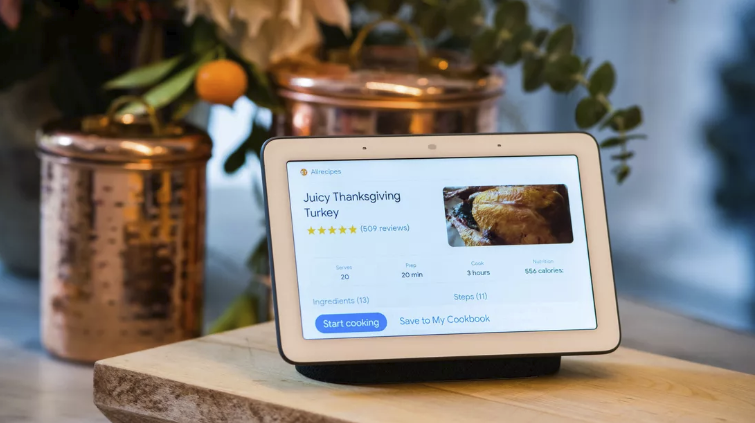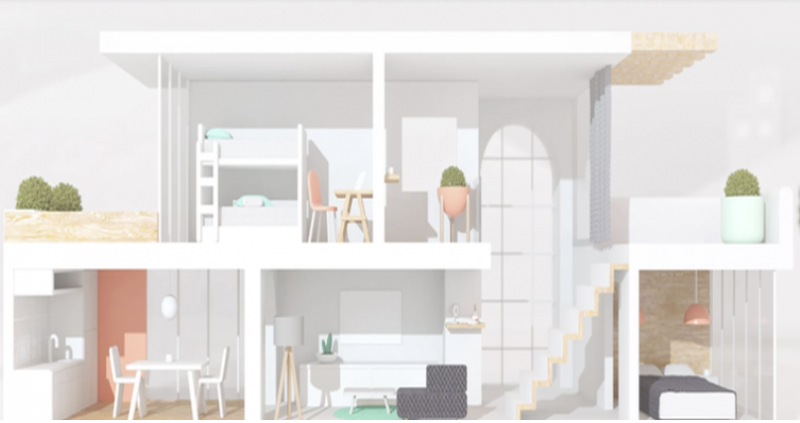Google, Amazon, Apple & Others to Create Interchangeable Connectivity
None of the four major smart home systems currently talk to each other, but that will soon change. Last week Google announced it is working with Amazon, Apple and a working group of several other companies creating standards that will enable their tech to connect to each other.
This will make it easier to integrate new features and systems, enabling the ability to control everything from lights and security systems to heat and air conditioning systems with one control center on a phone or the web. Some of the most common systems include Alexa, Apple HomeKit, Google Assistant and the professional-level Control4.
As Dieter Bohn from theverge.com framed it in his story, it’s a matter of minimizing consumer frustration.
“Think of it this way: the smart home has a plumbing problem. Imagine none of the companies making faucets or even pipes were willing to talk to each other, so every single connector was different, depending on the company. And none of them even agree on how to route hot, cold, and sewage water. Just to fix your sink you have to commit to working with a single company in perpetuity and probably make five trips to the hardware store for adapters if you didn’t.”

Google’s Nest app will be able to communicate with other smart home devices in the future.
Nik Sathe VP, Engineering, and Grant Erickson, Principal Engineer of Google Nest, wrote on the company’s blog that the three companies are creating Project Connected Home Over IP, which will be managed by the Zigbee Alliance, a coalition of companies including IKEA, Legrand, NXP Semiconductors, Resideo, Samsung SmartThings, Schneider Electric, Signify (formerly Philips Lighting), Silicon Labs, Somfy and Wulian.
Project Connected Home Over IP explained the focus of its work:
The Project will define a specific set of IP-based networking technologies for device certification. We expect that compliant devices must implement at least one supported technology and not necessarily all…The goal of the first specification release will be Wi-Fi, up to and including 802.11ax (aka Wi-Fi 6), that is 802.11a/b/g/n/ac/ax; Thread over 802.15.4-2006 at 2.4 GHz; and IP implementations for Bluetooth Low Energy, versions 4.1, 4.2, and 5.0 for the network and physical wireless protocols…The Project Connected Home over IP Working Group will likely also embrace other IP-bearing technologies like Ethernet, Cellular, Broadband, and others.
According to a story on venturebeat.com, the standardization is critical for building up a global home market that all the major companies are investing in and expect will reach $175 billion in value by 2025.
“Google sells a host of connected contraptions under its Nest brand, Amazon has created everything from connected speakers to microwaves and clocks, and Apple is continuing to invest in its Siri-infused HomePod smart speaker. Given that consumers may procure a range of connected devices, apps, and cloud services for their home from multiple companies, a common standard is in everyone’s best interests.”








Leave A Comment